Nature sure has a knack for being creative, and these animals take the cake when it comes to unique ways of protecting themselves. From bizarre bodily fluids to downright bizarre behaviors, these animal defense mechanisms will make you rethink what you thought you knew about survival tactics in the animal kingdom.
1. The Lizard That Squirts Blood From Its Eyes
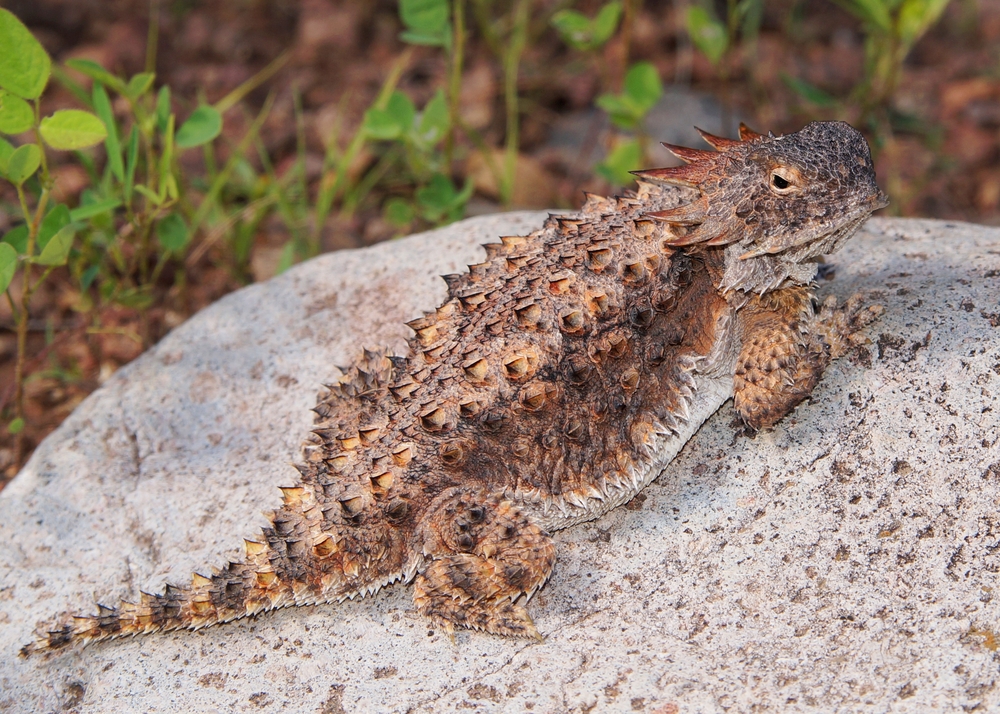
Imagine you’re a predator, closing in on what you think is an easy snack—a small, unassuming horned lizard. Suddenly, you’re sprayed with a stream of blood, and it’s not just from anywhere—it’s from the lizard’s eyes! This isn’t the plot of a horror movie; it’s a real defense mechanism used by the Texas horned lizard. When threatened, this lizard can shoot blood from specialized ducts in its eyes, aiming for the mouth or eyes of its attacker. The blood doesn’t just gross them out; it also tastes terrible due to chemicals in the lizard’s system, ensuring the predator thinks twice before trying to snack on another horned lizard.
This blood-squirting ability is primarily directed at canid predators, like dogs, wolves, and coyotes. Interestingly, it doesn’t work as effectively on birds, which are also common predators. The ability to shoot blood from their eyes is a last-ditch effort after puffing up their bodies to look larger and more intimidating. This remarkable skill isn’t used lightly since it can cause the lizard to lose up to a third of its blood volume in one go. Talk about dramatic! But in the world of the horned lizard, it’s a classic case of “desperate times call for desperate measures.”
2. The Sea Cucumber’s Gut-Wrenching Escape
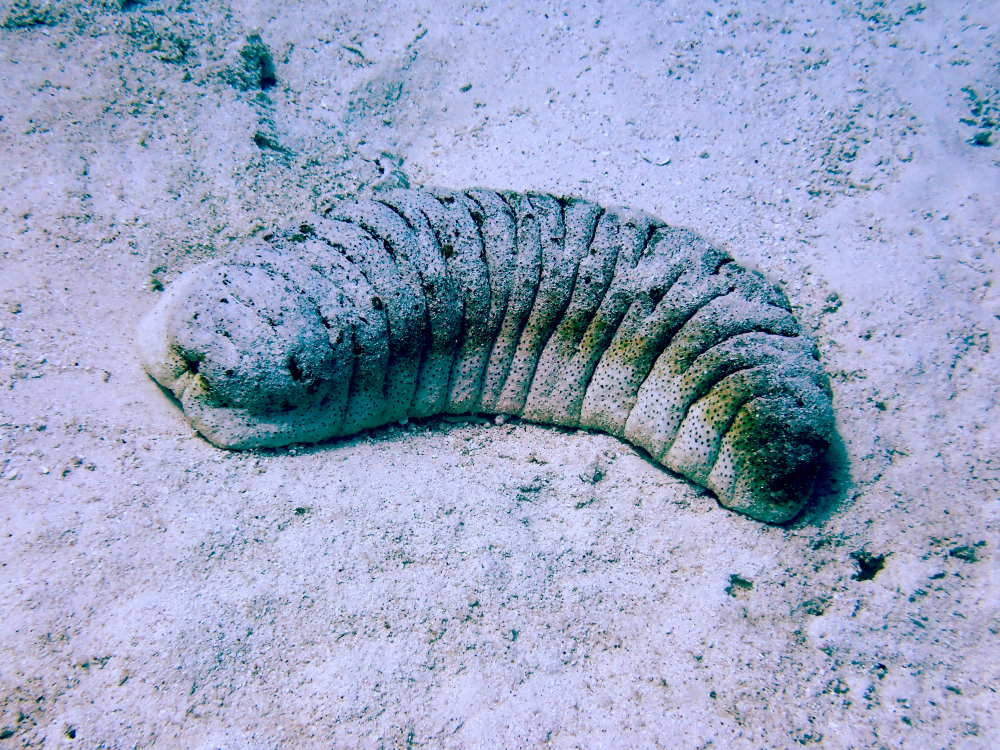
Sea cucumbers may look like harmless lumps, but they have one of the most gut-wrenching (literally) defense mechanisms out there. When threatened, these echinoderms can expel their internal organs through their anus to confuse and deter predators. According to the Smithsonian Magazine, this method of defense not only distracts enemies but also allows the sea cucumber to make a hasty retreat while the predator is busy with the unexpected mess. It’s like dropping a smoke bomb, except, you know, with intestines. The released organs are sticky and can entangle or even poison the predator, giving the sea cucumber enough time to escape.
Remarkably, this isn’t a death sentence for the sea cucumber. Over time, they can regenerate their lost organs and go about their business as if nothing happened. It’s a process that takes several weeks, which might sound long but is a small price to pay for staying alive. This bizarre tactic highlights the extreme lengths some creatures will go to for survival in the harsh underwater world. It’s a little gross, sure, but you’ve got to admire the sea cucumber’s commitment to life, even if it involves tossing its guts out to do it.
3. The Exploding Ants That Make the Ultimate Sacrifice
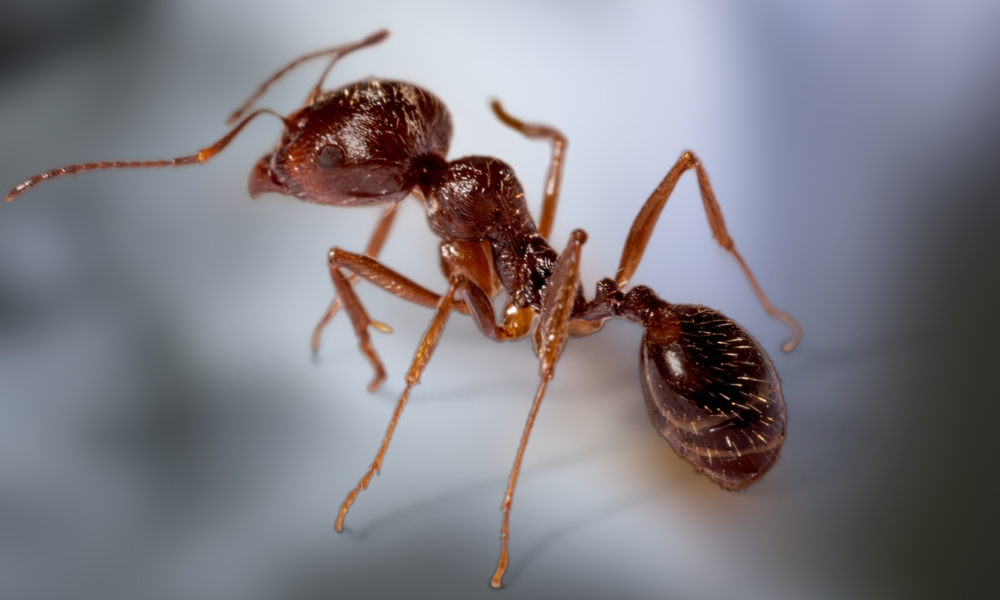
In the dense forests of Southeast Asia, there’s an ant that takes the concept of self-sacrifice to explosive new heights. Known as “exploding ants,” these tiny warriors defend their colony by literally blowing themselves up. As reported by National Geographic, when a threat approaches, these ants contract their abdominal muscles so tightly that their bodies rupture, releasing a toxic and sticky secretion. This kamikaze move not only kills the ant but also douses the attacker in this yellowish goo, which can be deadly or at least disgusting enough to send them running.
This extreme defense mechanism is primarily used against larger insects, like invading ants from rival colonies. The goo acts like a glue, immobilizing the enemy and giving the rest of the ant colony a chance to mount a coordinated attack. It’s a grim but effective tactic, and it showcases the incredible lengths these ants will go to protect their home. It’s a one-way ticket for the individual ant, but in the world of these selfless creatures, the survival of the colony is all that matters. You could say these ants give “going out with a bang” a whole new meaning.
4. The Hairy Frog That Breaks Its Own Bones
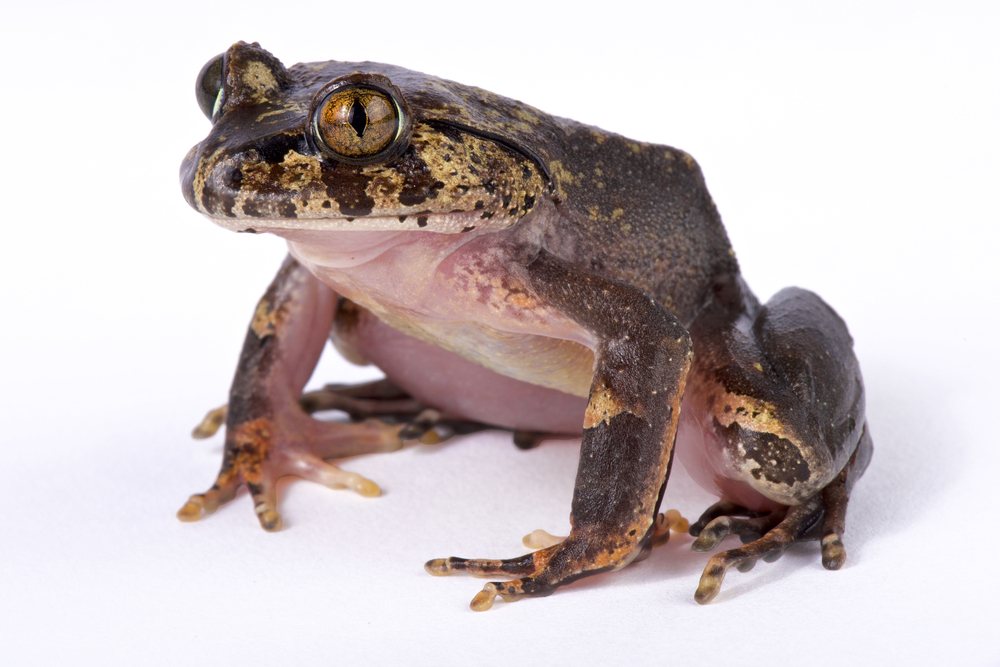
Meet the hairy frog from Central Africa, which has a defense mechanism straight out of a superhero comic book—or maybe a horror film. When threatened, this amphibian breaks its own bones to produce claws that puncture through its skin. Yes, you heard that right. It’s like having a retractable Wolverine claw, but without the retracting part. These bone claws aren’t covered with keratin like most animal claws, making them unique and surprisingly effective in deterring predators.
The “hairy” part of their name comes from the hair-like dermal structures male frogs grow during the breeding season, which are thought to help with oxygen absorption. But it’s their self-mutilating defense strategy that’s truly captivating. This gruesome ability may seem extreme, but it provides the frog with a sharp weapon to fend off threats. The claws eventually retract and the skin heals over time, showing a remarkable resilience. It’s a rough way to live, but in the wild, you use what you’ve got, even if it’s your own bones.
5. The Opossum’s Masterclass in Playing Dead

We’ve all heard the phrase “playing possum” to describe pretending to be dead, but opossums have turned this into a survival art form. When threatened, an opossum will flop over, drool, and emit a foul-smelling substance from its anal glands, convincingly impersonating a dead and decomposing animal. This act is called thanatosis, and it’s surprisingly effective at discouraging predators who prefer their meals fresh. While playing dead, the opossum’s body goes limp, and its breathing becomes so shallow it’s nearly imperceptible.
The opossum’s eyes stay open with its tongue lolling out, adding to the dramatic effect. This comatose state can last anywhere from a few minutes to several hours, depending on how long it takes for the threat to pass. It’s an involuntary reaction, like fainting, and it gives the opossum a fighting chance when outmatched by a predator. This elaborate ruse often convinces predators to move on, thinking they’ve stumbled upon a very unappetizing and potentially disease-ridden carcass. Nature’s dramas are nothing if not theatrical, and opossums are certainly among its best actors.
6. The Skunk’s Signature Scent Attack
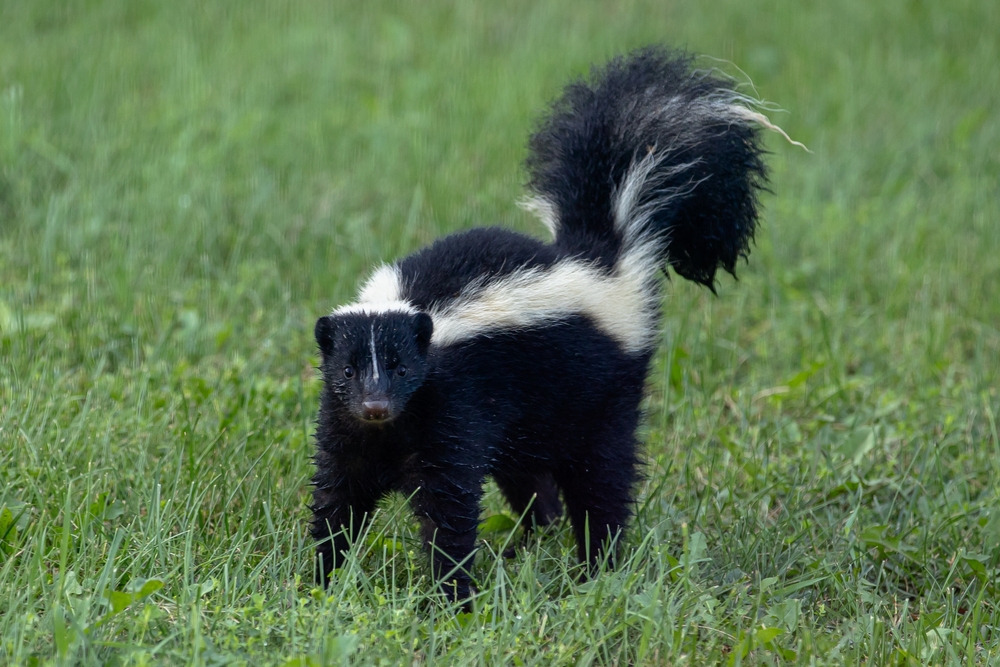
Ah, the infamous skunk, whose defense mechanism is practically legendary in the animal kingdom. When threatened, skunks can spray a nauseating and persistent musk from their anal glands, accurately hitting targets up to ten feet away. This chemical cocktail isn’t just stinky; it’s a powerful irritant that can cause temporary blindness and nausea, convincing most predators that it’s not worth the effort for a skunk snack. The skunk gives plenty of warning before it sprays, stomping its feet and hissing to give potential threats a chance to back off.
The skunk’s spray is produced by two anal scent glands, which are powerful enough to be detected by humans from up to a mile away. While the spray isn’t harmful in the long term, the immediate effects are unpleasant enough to deter most predators. Even humans are cautious around these creatures, as the smell is notoriously difficult to wash off. This iconic defense mechanism has made the skunk a symbol of caution, showing that sometimes the best defense is just being really, really unpleasant.
7. The Hagfish’s Slime Time Tactics
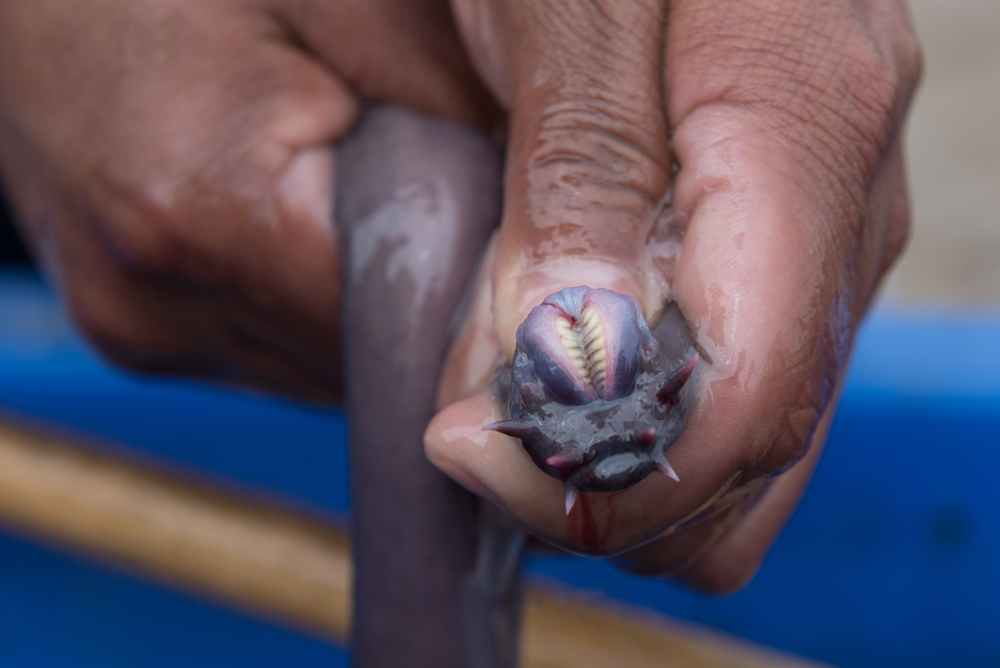
If you’re in the market for a defense mechanism that’s as slimy as it is effective, look no further than the hagfish. These eel-like creatures are capable of producing copious amounts of slime when threatened, which can clog the gills of predatory fish and send them fleeing. The slime is created from specialized cells that produce a protein-based secretion, which expands into a thick, gooey mess when mixed with water. It’s not just sticky; it’s a full-on mucus explosion that can suffocate predators and keep the hagfish safe.
The sheer volume of slime a single hagfish can produce is astonishing, with the ability to turn a bucket of water into a gelatinous blob in mere moments. This slime defense is so effective that even sharks, known for their ferocity, often avoid hagfish. While the slime is a great deterrent, it’s also fascinating from a scientific perspective, as researchers are studying its unique properties for potential industrial applications. The hagfish might not win any beauty contests, but in the world of defense mechanisms, it’s definitely a winner for creativity and effectiveness.
8. The Hair-Raising Skills of the Porcupine
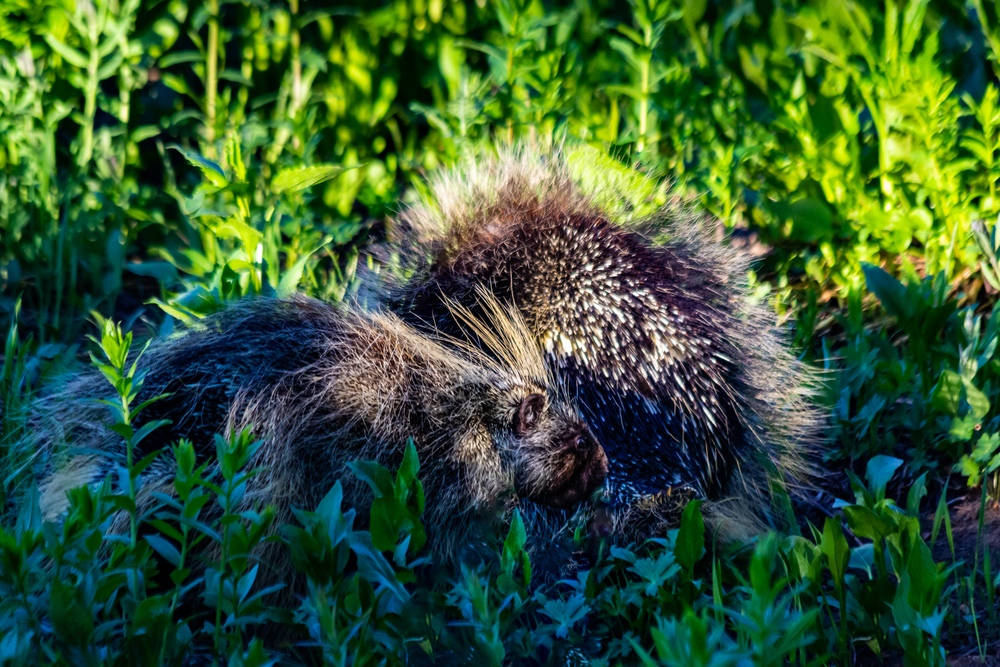
Porcupines are often imagined as walking pincushions, ready to launch their quills at any threat, but the reality is a bit different. When threatened, a porcupine will turn its back, raise its quills, and rattle them as a warning before resorting to more aggressive measures. If the threat persists, they charge backward toward the predator, embedding their needle-sharp quills into the attacker’s skin. These quills aren’t shot, but they detach easily upon contact, leaving the poor predator with a painful reminder to steer clear of porcupines in the future.
The quills themselves are not only sharp but barbed, making them difficult to remove once embedded. As if that weren’t enough, they also carry a mild antibiotic to prevent the porcupine from getting infected should it accidentally quill itself. It’s a marvel of natural engineering, ensuring the porcupine stays largely unbothered by would-be attackers. While some animals learn the hard way, most predators quickly identify the porcupine as one prickly customer best left alone. It’s a classic case of “look but don’t touch,” and it works wonders.
9. The Bombardier Beetle’s Chemical Warfare

Imagine a beetle with its own built-in chemistry set, capable of launching a boiling hot chemical spray at its attackers. This isn’t science fiction; it’s the reality for the bombardier beetle. When threatened, this beetle can mix two chemicals stored in its abdomen, creating a reaction that produces a scalding hot spray. The mixture is released explosively towards its attacker, along with a loud pop, which is both terrifying and disorienting to predators.
The bombardier beetle’s spray is not only hot but also irritating, often causing the predator to retreat and rethink its choice of snack. This beetle’s defense mechanism is one of the most sophisticated in the insect world, involving a high-speed chemical reaction that releases heat and gas. It’s a testament to how complex and resourceful nature can be when it comes to survival. The bombardier beetle may be small, but it packs a punch, proving that size isn’t everything when you’ve got the equivalent of a personal flamethrower at your disposal.
10. The Shrimp That Punches Harder Than Mike Tyson
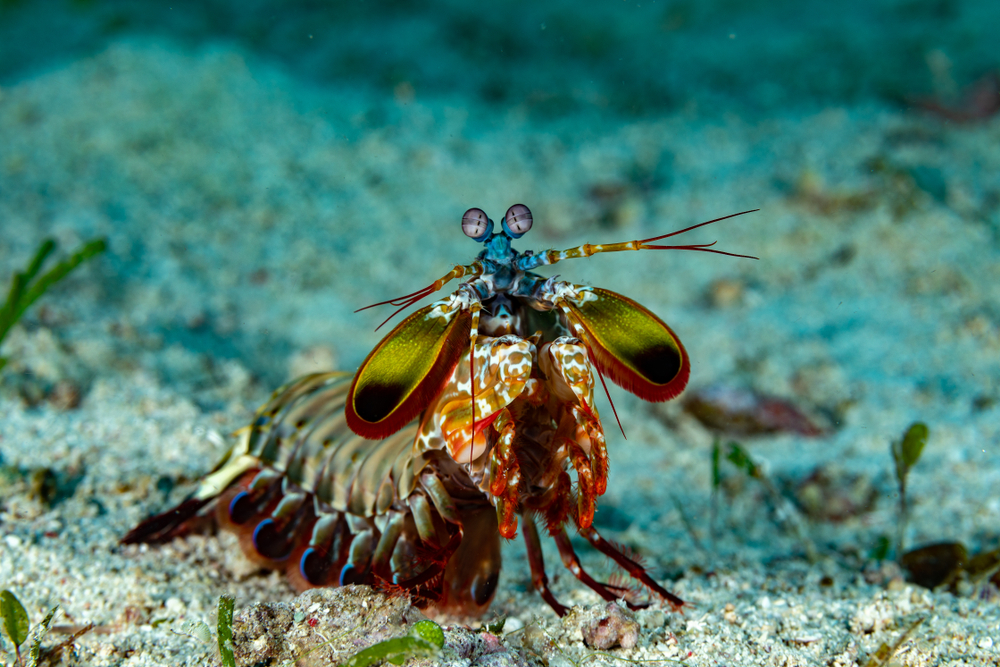
Meet the mantis shrimp, a small marine creature with a punch that can shatter glass. While not exactly a defense mechanism, this shrimp’s ability to strike with extreme speed and force makes it a formidable opponent. The mantis shrimp uses its club-like appendages to strike with the speed of a bullet, stunning or killing prey and scaring off potential predators. This punch is so fast it creates cavitation bubbles in the water, which collapse with a force that can cause additional damage and even produce light.
The mantis shrimp’s punch is primarily used for hunting, but it serves as an excellent deterrent against larger predators. Its incredible speed and power are due to a complex system of springs and levers in its arm, a natural engineering marvel. This ability makes the mantis shrimp not only a skilled hunter but also a creature best left alone by any would-be threats. It might be small, but anyone who gets too close will learn very quickly that this shrimp doesn’t back down. When it comes to packing a punch, the mantis shrimp is the undisputed champion.
